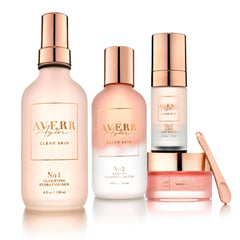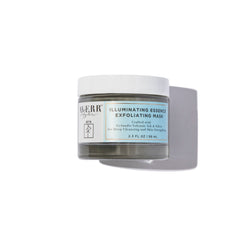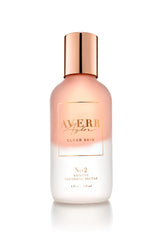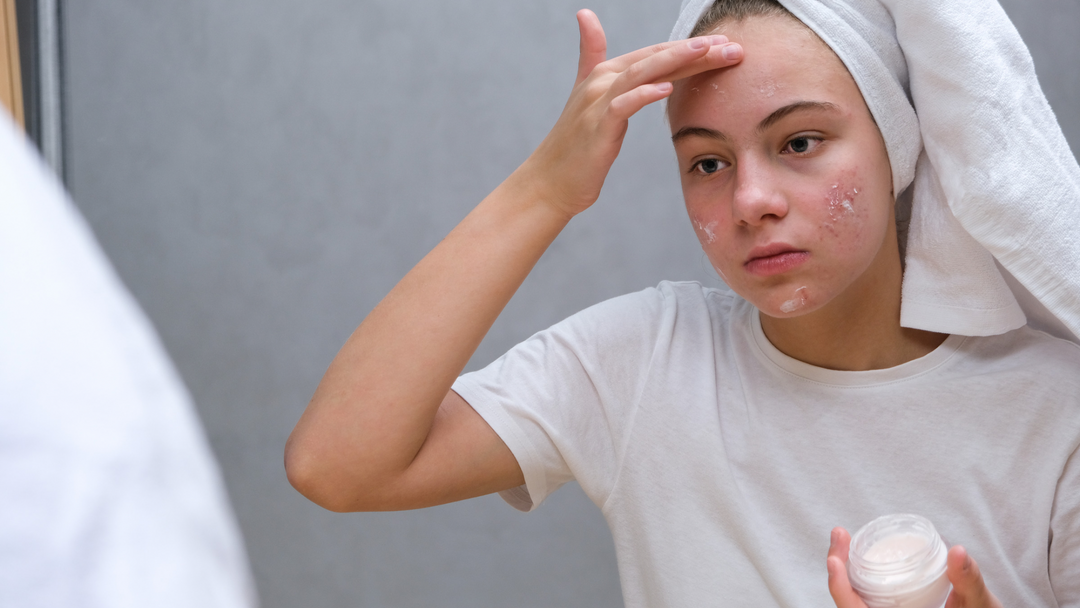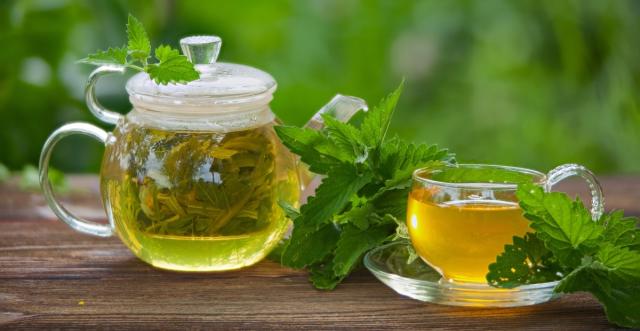The main culprit behind bacne is often the overproduction of oil (sebum) by the sebaceous glands in the skin. This excess oil, combined with dead skin cells and sometimes bacteria, can clog the hair follicles on your back, leading to the development of acne. Hormonal fluctuations, genetics, and certain lifestyle factors can contribute to the occurrence of bacne.
What is Bacne?
Bacne, short for back acne, is a common skin condition characterized by the development of acne lesions on the back. These lesions can take various forms, including blackheads, whiteheads, pimples, and cysts. Like facial acne, bacne results from the clogging of hair follicles with excess oil, dead skin cells, and sometimes bacteria. Though not usually a serious medical condition, bacne can be a source of discomfort and may impact one's self-esteem.
What is the main cause of Bacne?
The primary cause of bacne is often rooted in the overproduction of oil, scientifically known as sebum. Sebaceous glands located in the skin are responsible for secreting this oil. When these glands produce an excess of sebum, combined with the accumulation of dead skin cells and, at times, bacteria, the hair follicles on the back can become obstructed. This obstruction is a key factor in the development of bacne. Additional factors that can contribute to bacne include:
- Potential Bacterial Involvement: Bacteria can play a role in the obstruction of hair follicles. In some cases, bacterial presence may exacerbate inflammation and worsen bacne.
- Hormonal Fluctuations: Changes in hormone levels, especially during puberty, menstruation, or hormonal disorders, can influence sebum production. Hormonal fluctuations contribute to the increased likelihood of developing bacne.
- Genetic Factors: A person's genetic predisposition can influence the likelihood of experiencing bacne. Understanding family history can provide insights into one's susceptibility to bacne.
- Lifestyle Choices: Certain lifestyle habits, such as a diet high in dairy or tight-fitting clothing, can contribute to bacne. Managing lifestyle factors is essential in preventing and mitigating bacne issues.
What are the symptoms of Bacne?
Identifying bacne involves recognizing various signs and manifestations on the back. Here are the typical symptoms:
- Blackheads: Small, dark spots on the skin caused by clogged hair follicles. They are open at the surface and may appear black due to oxidation.
- Whiteheads: Similar to blackheads but closed at the surface. Whiteheads are small, raised bumps on the skin.
- Pimples: Red, inflamed bumps that may contain pus. Pimples can be painful and are a common symptom of bacne.
- Cysts: Larger, more painful lesions that can be filled with fluid or pus. Cysts are deeper within the skin and can cause scarring.
- Itching and Discomfort: Bacne can be accompanied by itching and general discomfort, especially when clothing rubs against the affected areas.
- Redness and Inflammation: Inflamed areas of the skin may appear red and swollen, particularly around active acne lesions.
- Scarring: In severe cases, bacne lesions can lead to scarring, which may persist even after the acne has cleared.
- Increased Sensitivity: The skin on the back may become more sensitive, especially in areas with active acne.
Recognizing these symptoms early is crucial for prompt and effective management. A combination of proper skincare, and lifestyle adjustments can help alleviate bacne symptoms.
How do you get rid of Bacne?
Combatting bacne involves a multi-faceted approach that addresses both the symptoms and root causes. Here are practical steps to help eliminate bacne:
- Gentle Cleansing: Use a mild, non-comedogenic cleanser to wash the affected area daily. Avoid harsh scrubbing, as it can exacerbate irritation.
- Topical Treatments: These can help unclog pores and reduce inflammation.
- Regular Exfoliation: Include gentle exfoliation in your routine to remove dead skin cells and prevent pore blockage. Be cautious not to over-exfoliate, as it can worsen irritation.
- Appropriate Clothing: Opt for breathable fabrics to reduce friction and sweating. Avoid tight-fitting clothing that may trap heat and exacerbate bacne.
- Shower After Sweating: Shower promptly after sweating to prevent the accumulation of sweat and bacteria on the skin.
- Stay Hydrated: Drink plenty of water to maintain skin hydration. Hydrated skin is more resilient and less prone to irritation.
- Healthy Diet: Consider a balanced diet rich in fruits, vegetables, and lean proteins. Limit dairy and high-glycemic foods, as they may contribute to acne.
- Avoid Popping: Resist the urge to pick or pop bacne lesions, which can lead to scarring and further inflammation.
Remember, consistent and gentle care is key in effectively getting rid of bacne. It's essential to be patient and persistent in adopting these practices for long-term results.
How do I get rid of pimple marks on my back?
- Gentle Cleansing: Use a mild, non-comedogenic cleanser to clean your back. Gentle cleansing helps prevent further irritation and promotes healing.
- Exfoliation: Incorporate exfoliation into your routine to remove dead skin cells. Choose a gentle exfoliant to avoid causing additional damage to the skin.
- Topical Treatments: These can promote skin renewal and fade marks over time.
- Vitamin C Serum: Apply a vitamin C serum to the affected areas. Vitamin C is known for its brightening properties and can help reduce the appearance of dark spots.
- Sun Protection: Always use sunscreen on your back, especially if it's exposed to sunlight. Sun protection prevents further darkening of pimple marks and supports overall skin health.
- Aloe Vera Gel: Apply pure aloe vera gel to the marks. Aloe vera has soothing properties and may contribute to skin healing.
- Time and Patience: Be patient; fading pimple marks take time. Consistent application of remedies and maintaining a healthy skincare routine will contribute to gradual improvement.
How to prevent Bacne?
Preventing bacne involves adopting healthy habits and a mindful skincare routine. Consider these preventive measures to keep bacne at bay:
- Gentle Cleansing: Use a mild, fragrance-free cleanser to wash your back daily. Avoid vigorous scrubbing, as it can irritate the skin and exacerbate bacne.
- Shower After Sweating: Promptly shower after sweating to remove sweat and bacteria that can contribute to bacne.
- Choose the Right Clothing: Opt for loose-fitting, breathable clothing to reduce friction and allow your skin to breathe.
- Avoid tight-fitting outfits, especially during workouts.
- Use Non-Comedogenic Products: Select skincare and haircare products labeled as non-comedogenic to prevent pore blockage.
- Exfoliate Regularly: Include a gentle exfoliation routine to remove dead skin cells and prevent the buildup that leads to bacne.
- Stay Hydrated: Drink an adequate amount of water to maintain skin hydration. Hydrated skin is less prone to irritation.
- Balanced Diet: Follow a balanced diet rich in fruits, vegetables, and lean proteins. Limit dairy and high-glycemic foods, which may contribute to acne.
- Avoid Touching: Resist the temptation to touch or pick at bacne lesions, as it can lead to scarring and worsen inflammation.
- Regularly Wash Bedding: Change and wash bed sheets and pillowcases regularly to prevent the accumulation of oils and bacteria.
- Manage Stress: Practice stress-management techniques such as meditation or yoga, as stress can contribute to acne flare-ups.
By incorporating these practices into your daily routine, you can create a proactive approach to prevent bacne and maintain healthy skin on your back.
How often should you wash your back for Bacne?
Establishing an effective back skincare routine is crucial in managing and preventing bacne. When it comes to washing your back, striking a balance is key. It is generally recommended to wash your back once or twice daily, particularly if you are prone to bacne. Here's a breakdown of the recommended practices:
- Daily Cleansing: Wash your back daily, especially if you lead an active lifestyle or engage in activities that cause sweating. Use a mild, non-comedogenic cleanser to avoid stripping your skin of essential oils.
- Post-Workout or Sweating: If you engage in activities that make you sweat, such as workouts or outdoor activities, it's advisable to shower promptly afterward. Change into clean, breathable clothing to prevent sweat and bacteria from lingering on your skin.
- Avoid Overwashing: While cleanliness is essential, avoid overwashing, as excessive scrubbing can irritate the skin and potentially worsen bacne. If using a scrub or exfoliant, choose non-abrasive tools to prevent irritation.
- Bed Linens and Clothing: Regularly change and wash your bed linens, especially pillowcases, to prevent the accumulation of oils and bacteria. Opt for loose-fitting, breathable clothing to reduce friction and allow your skin to breathe.
- Consistency is Key: Consistency in your back skincare routine is crucial. Establishing good habits can contribute to preventing and managing bacne effectively.
Remember that individual skin types may vary, so it's essential to observe how your skin responds to specific practices.






